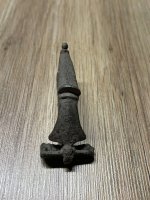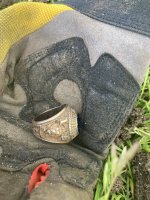G
golddustwoman
Guest
It is said that Governor John Wentworth in 1776 got word of the patriot uprising and that his life was in danger. He was at his home along the shores of Lake Wentworth so he had far to go to reach safety-back to England. In his haste to flee for his life, somewhere along Governors road,the carraige that held seven large chests were too heavy for the horses. It is said that he buried them somewhere in the woods near Dover and Durham, never to be found unless he returned. He never did. Nor has anyone else.



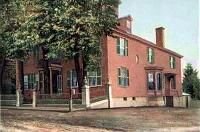
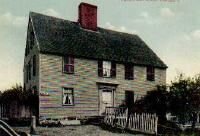
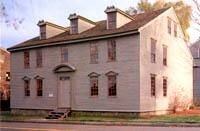
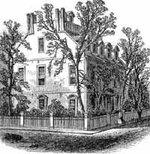
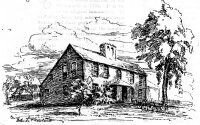
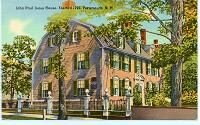
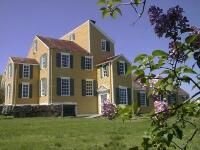
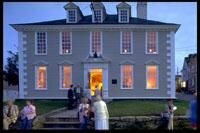
 Great info Gypsy and thanks for adding these facts to the story!!!
Great info Gypsy and thanks for adding these facts to the story!!!
